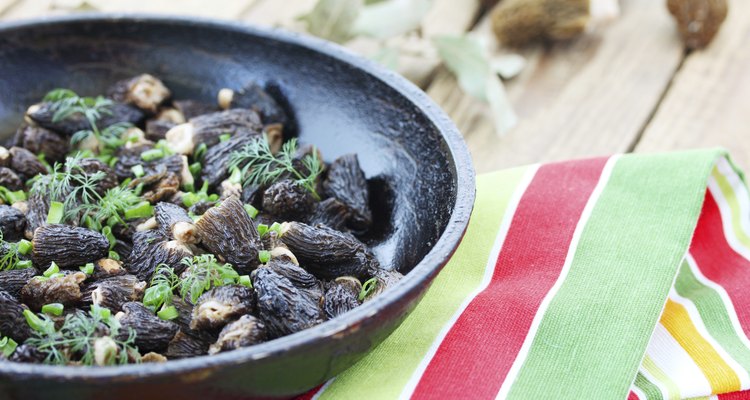
Mallivan/iStock/Getty Images
Morel mushrooms are prized because they are only available fresh for a limited amount of time each year — midspring to early summer depending on your location. Fresh morels can be dried to prolong the presence of these delicacies in your pantry. While morels were traditionally dried by stringing them up in the sun, use an oven or food dehydrator for controlled, even drying that will prolong the storage time for your mushrooms.
Preparing Morels
Clean, but do not blanch, morels before dehydration. Soak the morels briefly in salted, lukewarm water to loosen dirt and debris from the holes in the caps. Do not soak for more than a couple of minutes. Shake them gently to rid them of any excess water. Cut off discolored parts as well as the bottom of the stem. Halve or slice the morels unless you are dehydrating them whole. The larger the pieces, the longer it will take to dehydrate.
Dehydrating Morels
Use either a food dehydrator or an oven, but not a microwave, to dry your mushrooms, as the latter does not offer enough airflow. Dehydrating, especially in a dehydrator that uses a consistent, low temperature, will not affect the nutritional quality of your morels. Set the food dehydrator in a well-ventilated area with no morel pieces touching one another. Rotate the trays every 2 hours to ensure even dehydration, and expect dry morels in 8 to 10 hours.
To oven-dry morels, set the oven to 140 to 150 degrees Fahrenheit. If the lowest setting possible is 200 F, leave the oven door slightly open to lower the temperature. Arrange the morel pieces on large, food-grade cooking trays. While morels can be dried in layers up to 1/2 inch thick, it's best to do so in one layer, with pieces not touching, as in the dehydrator. Stack the trays with at least 3 inches of space from the top and bottom of the oven and with at least 2 1/2 inches between trays. Turn off the oven for the final hour of dehydration to avoid possibly burning the morels. It can take upward of 8 to 12 hours to fully dehydrate morels.
Finish Dehydrating and Store
Dry morels until they are brittle to touch, at which point they contain less than 10 percent moisture. Check that all the pieces are evenly dried — return morels that are not brittle to the oven or dehydrator. Store the other morels in a closed paper bag until all morels are ready, then store them in an airtight container in the pantry. They will last for at least 3 months at room temperature, and longer if kept in the fridge or freezer. Wash all the dehydration trays and screens, as morels can leave spores behind, which encourage mold growth.
Rehydrating and Using Morels
Rehydrate morels by adding them directly to dishes with lots of liquid, such as soups or stews, or by soaking them in lukewarm water. Morels will rehydrate in roughly 20 to 30 minutes in boiling water. Use 1 part morels to 3 parts water for optimal results. The soaking liquid can be saved to use as stock. To replace fresh morels in a recipe, use roughly 3 ounces of dried morels for every pound of fresh mushrooms. Add morels directly to cream sauces for pastas, or include them — liquid and all — in a mushroom soup. Saute reconstituted morels in butter and soaking liquid before serving with wilted greens, such as spinach.
Related Articles

How to Soak Porcini Mushrooms
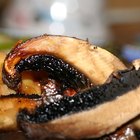
How to Dehydrate Morel Mushrooms

How to Dehydrate Turnips

How to Cook Maitake
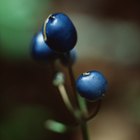
How to Dry Blueberries in a Dehydrator
The Best Way to Cook Morel Mushrooms

How to Dehydrate Peas

How to Turn Plums Into Prunes
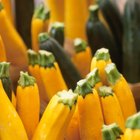
How to Dehydrate Summer Squash

How to Cook Dry Chanterelles

How to Cook Chanterelle Mushrooms
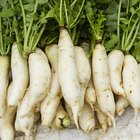
How to Dry Radishes

How to Dry Broccoli
How Long Does It Take to Dry Apples in ...

How to Dry Artichokes

How to Preserve Chestnuts

How to Soften Mushrooms

How to Dry Fresh Parsley
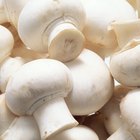
Can I Cook With Mushrooms That Have ...

How to Dry Tomatoes in the Oven
References
Writer Bio
David Grimes has worked professionally as a chef since 2002, in settings as wide-ranging as a corporate caterer and as a sous chef in a Michelin-starred French restaurant. He has been writing about food since 2009 and published in "Time Out New York" and "Food and Wine" magazine.
Photo Credits
Mallivan/iStock/Getty Images